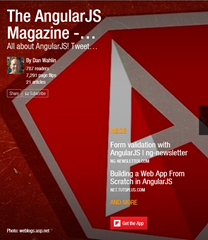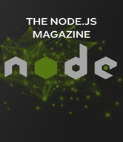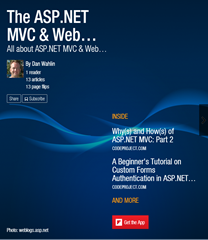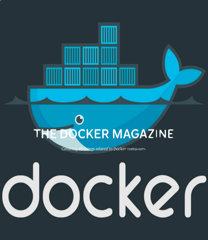|
Listen to This Post
|

I’m excited to announce the release of my next course on Pluralsight titled Kubernetes for Developers: Core Concepts! Since creating the Docker for Web Developers course I’ve been wanting to create a course that takes developers to the “next level” with containers and the new Kubernetes for Developers course does that!
Here are a few questions this course will help you answer:
- Why should I learn about Kubernetes if I’m a developer?
- What are the core concepts that I should know about to get started?
- How can I get Kubernetes running on my development machine?
- What is the role of a Pod in Kubernetes and how does it relate to a container?
- What is YAML and how can I use it to define and create Kubernetes resources?
- What is the role of the Kubernetes kubectl command and what are some of the key commands to know about?
- What’s the difference between a ReplicaSet and a Deployment?
- How do I create a Deployment in YAML and get it running in Kubernetes using kubectl?
- How can I deploy a new version of the application without impacting users at all?
- What is the role of Services in Kubernetes and how can I create and deploy Services?
- What storage options does Kubernetes have and how can I use them in Pods and containers?
- How can I pass configuration settings to containers running in Kubernetes?
- How can I pass secrets (sensitive data) to containers running in Kubernetes?
- What troubleshooting techniques can I use if I encounter problems with containers running in Kubernetes?
- Can you show me how to put everything together to get an application up and running in Kubernetes?
- And much more…
Here’s a summary of the course…
Kubernetes for Developers: Core Concepts
The Kubernetes for Developers: Core Concepts course provides a developer-focused look at the role Kubernetes can play in the development workflow. If you need to get your application containers into Kubernetes then this course will help jumpstart that process.
Learn how to get Kubernetes up and running locally on your machine, interact with Kubernetes using kubectl, use different resources it provides, deploy containers within Pods, work with Deployments, expose a Pod with a Service, understand the role of storage, ConfigMaps, and Secrets, troubleshoot Pods, and more. By the end of the course you’ll understand the role Kubernetes can play in your development workflow and how it can be used to orchestrate and manage your containers. If you’re looking to get started learning about the core concepts of Kubernetes then this course is for you!
When you’re finished with this course, you’ll have the skills and knowledge needed to get application containers up and running inside of a Kubernetes cluster.
Course Modules
- Course Overview
- Kubernetes from a Developer Perspective
- Overview
- Introduction
- Kubernetes Overview
- The Big Picture
- Benefits and Use Cases
- Running Kubernetes Locally
- Getting Started with kubectl
- Web UI Dashboard
- Summary
- Creating Pods
- Introduction
- Pod Core Concepts
- Creating a Pod
- kubectl and Pods
- YAML Fundamentals
- Defining a Pod with YAML
- kubectl and YAML
- Pod Health
- Pod Health in Action
- Summary
- Creating Deployments
- Introduction
- Deployments Core Concepts
- Creating a Deployment
- kubectl and Deployments
- kubectl Deployments in Action
- Deployment Options
- Zero Downtime Deployments in Action
- Summary
- Creating Services
- Introduction
- Services Core Concepts
- Service Types
- Creating a Service with kubectl
- Creating a Service with YAML
- kubectl and Services
- kubectl Services in Action
- Summary
- Understanding Storage Options
- Introduction
- Storage Core Concepts
- Volumes
- Volumes in Action
- PersistentVolumes and PersistentVolumeClaims
- PersistentVolume and PersistentVolumeClaim YAML
- StorageClasses
- PersistentVolumes in Action
- Summary
- Creating ConfigMaps and Secrets
- Introduction
- ConfigMaps Core Concepts
- Creating a ConfigMap
- Using a ConfigMap
- ConfigMaps in Action
- Secrets Core Concepts
- Creating a Secret
- Using a Secret
- Secrets in Action
- Summary
- Putting it All Together
- Introduction
- Application Overview
- YAML Manifests
- Running the Application
- Troubleshooting Techniques
- Troubleshooting Techniques in Action
- Summary
- Course Summary
I hope you enjoy the course and gain new insights into the role Kubernetes can play in your development workflow and in the application deployment process.









